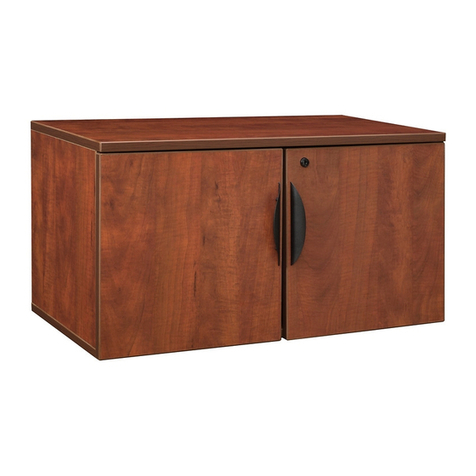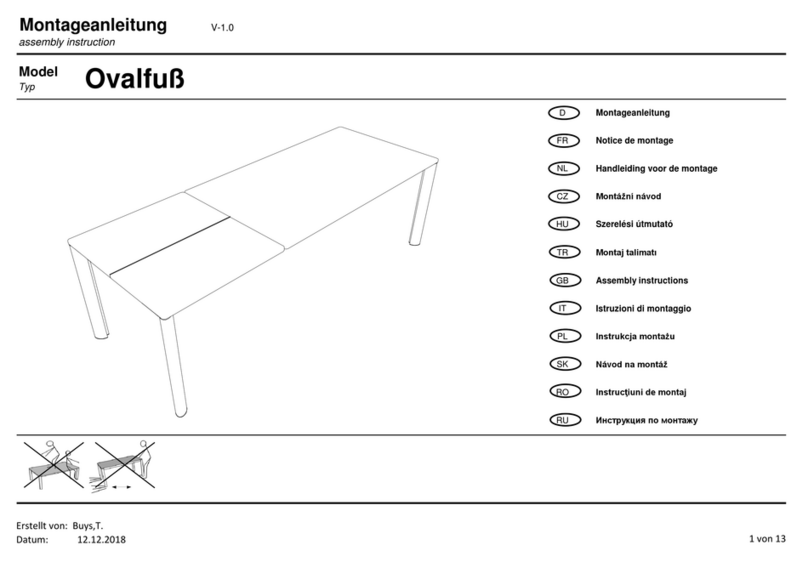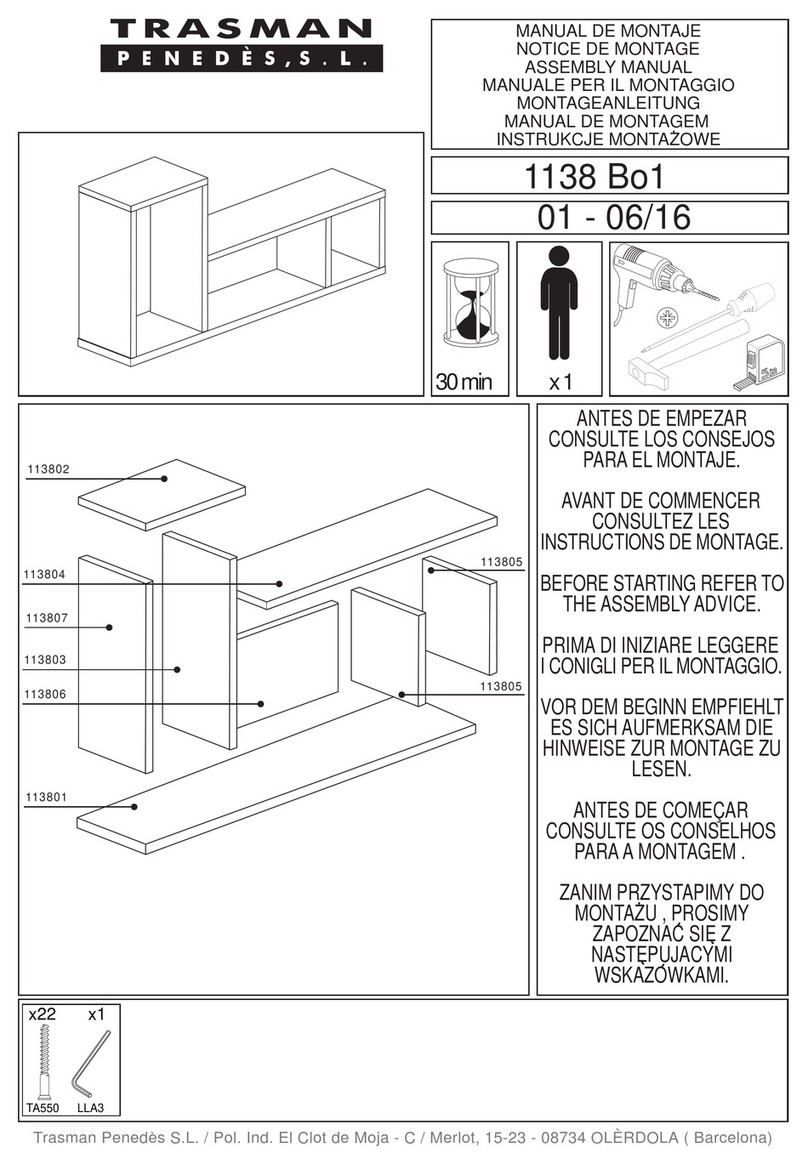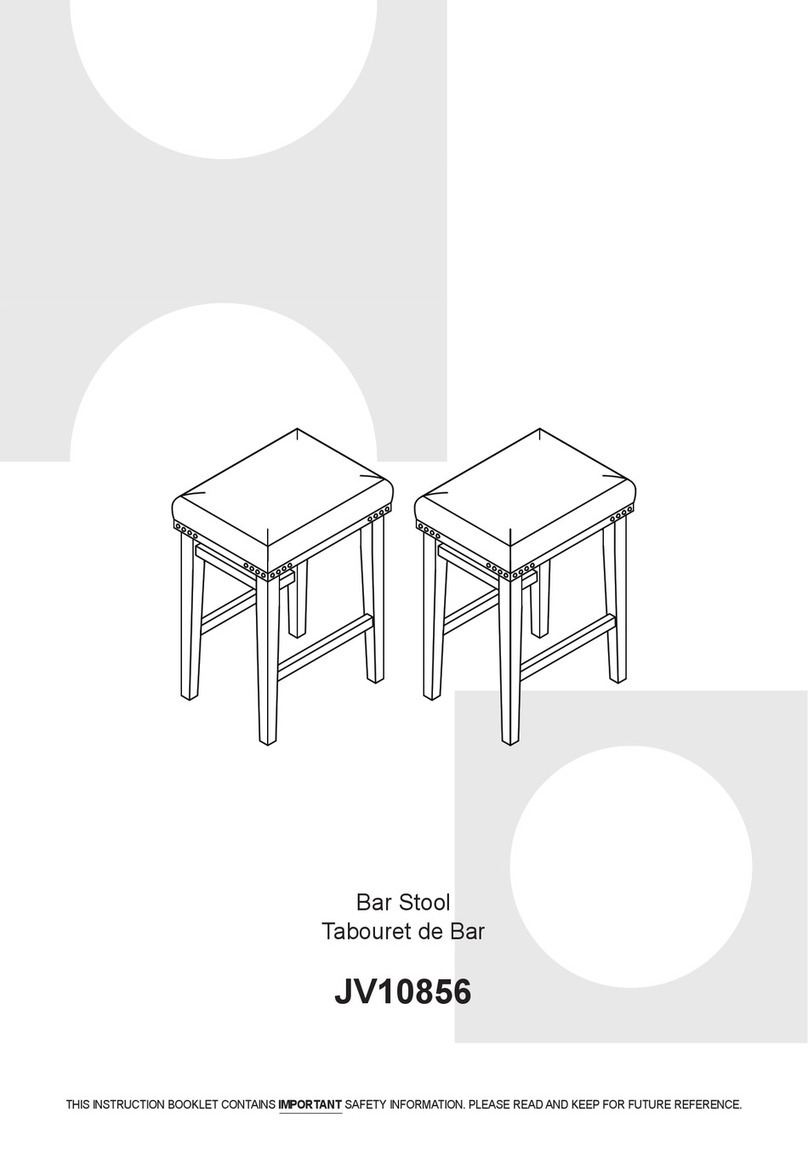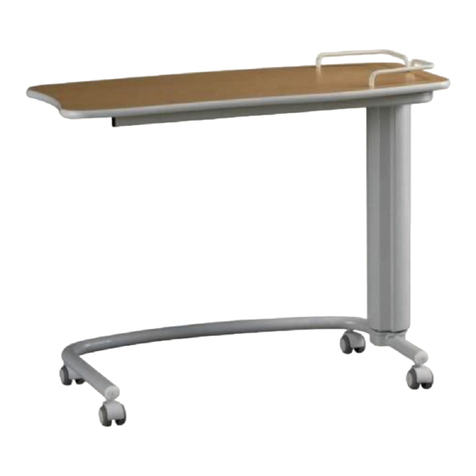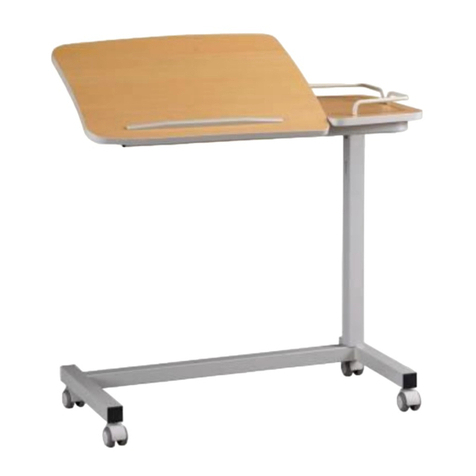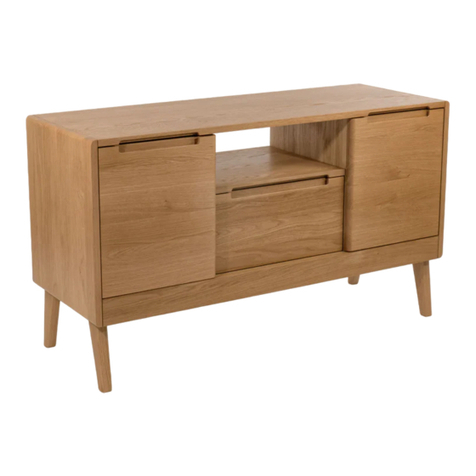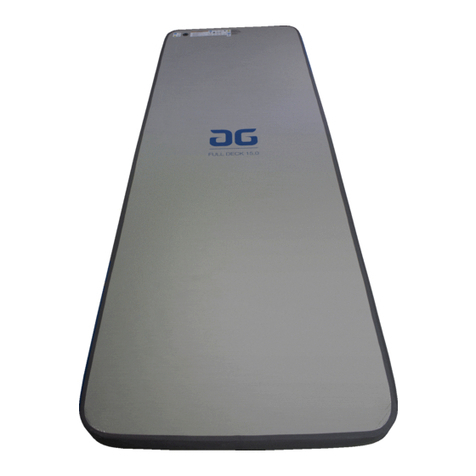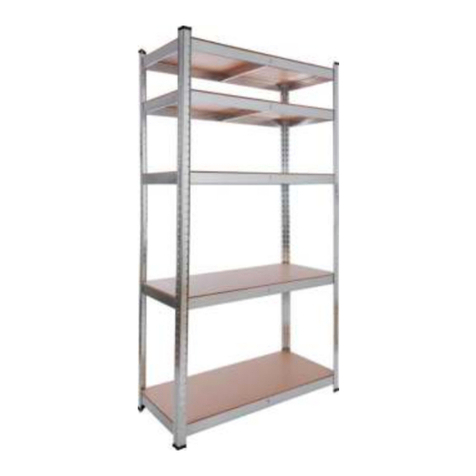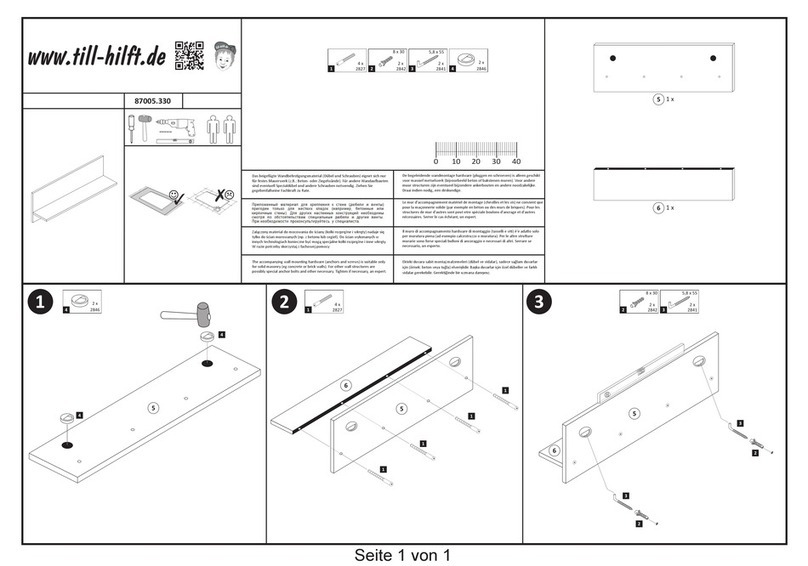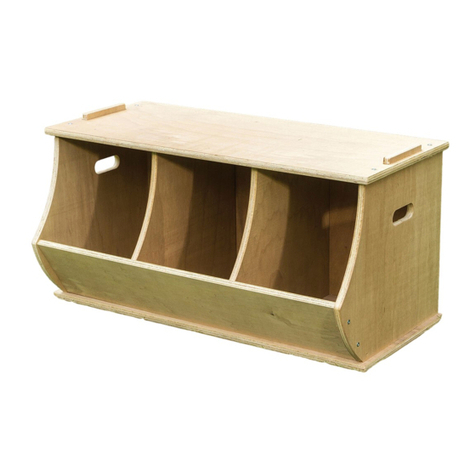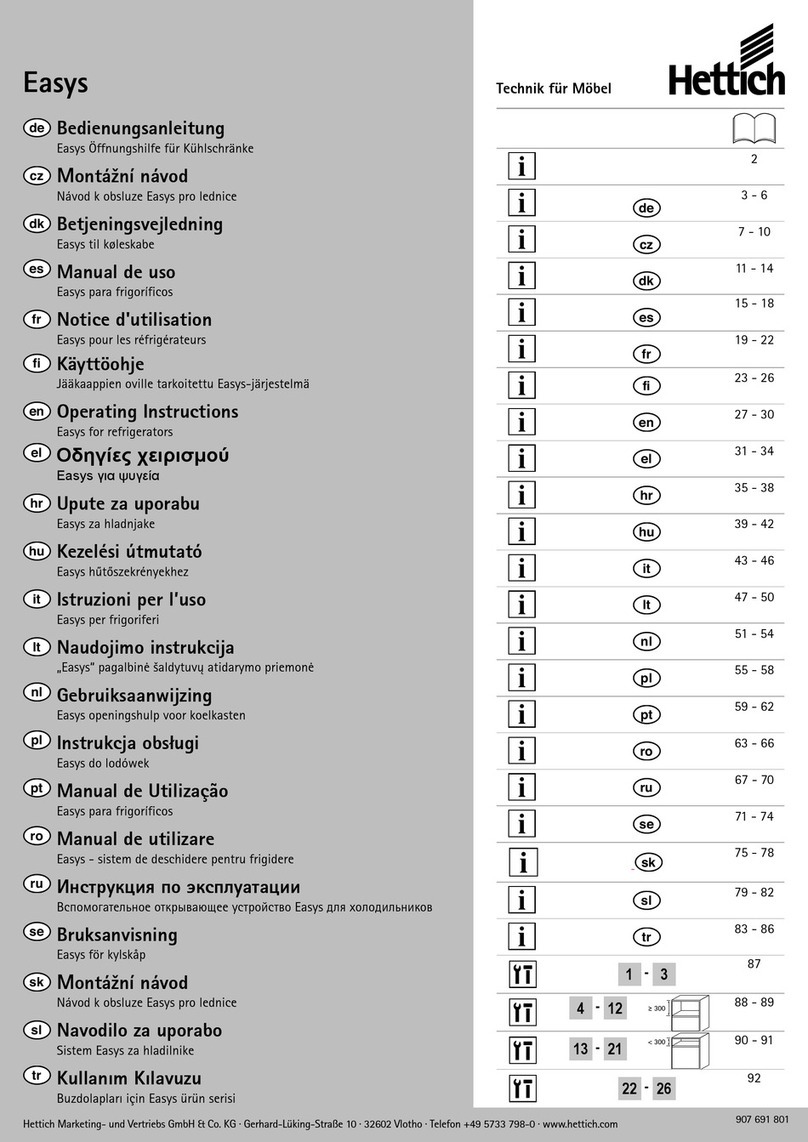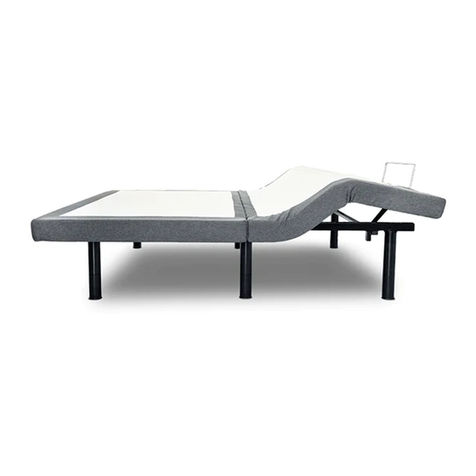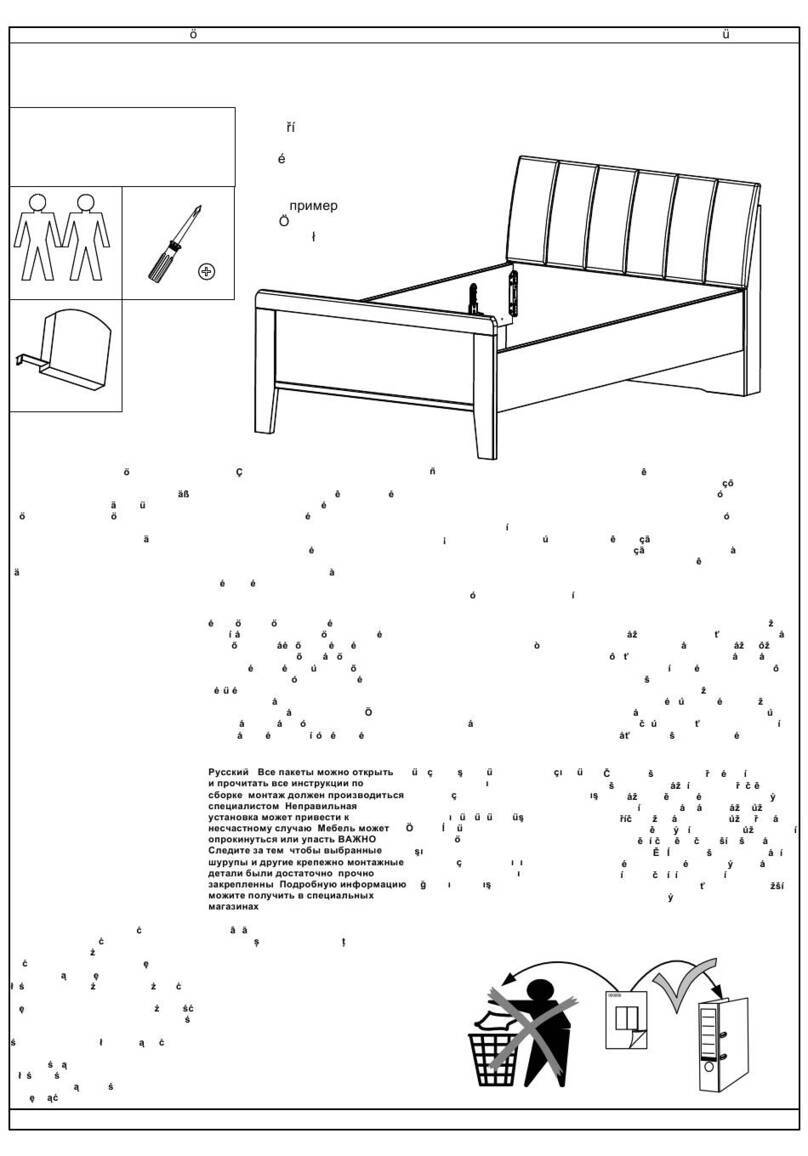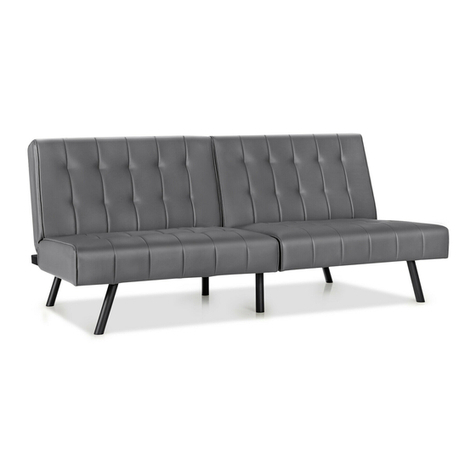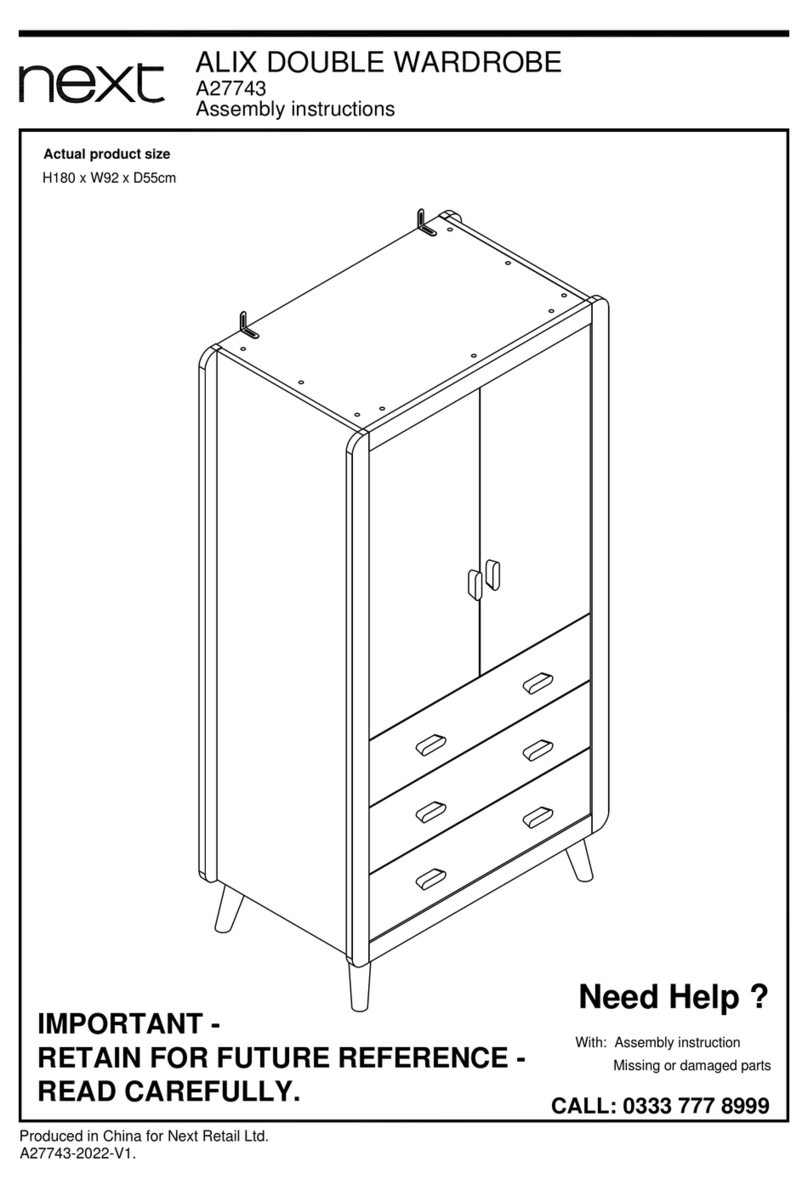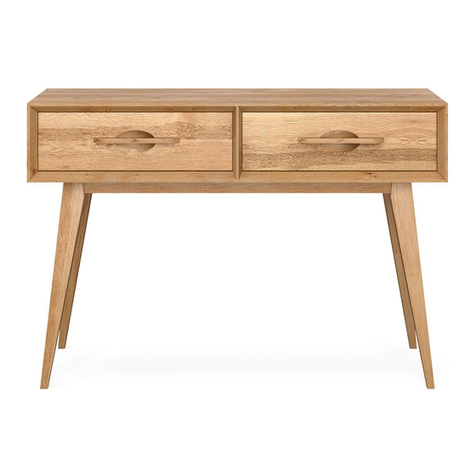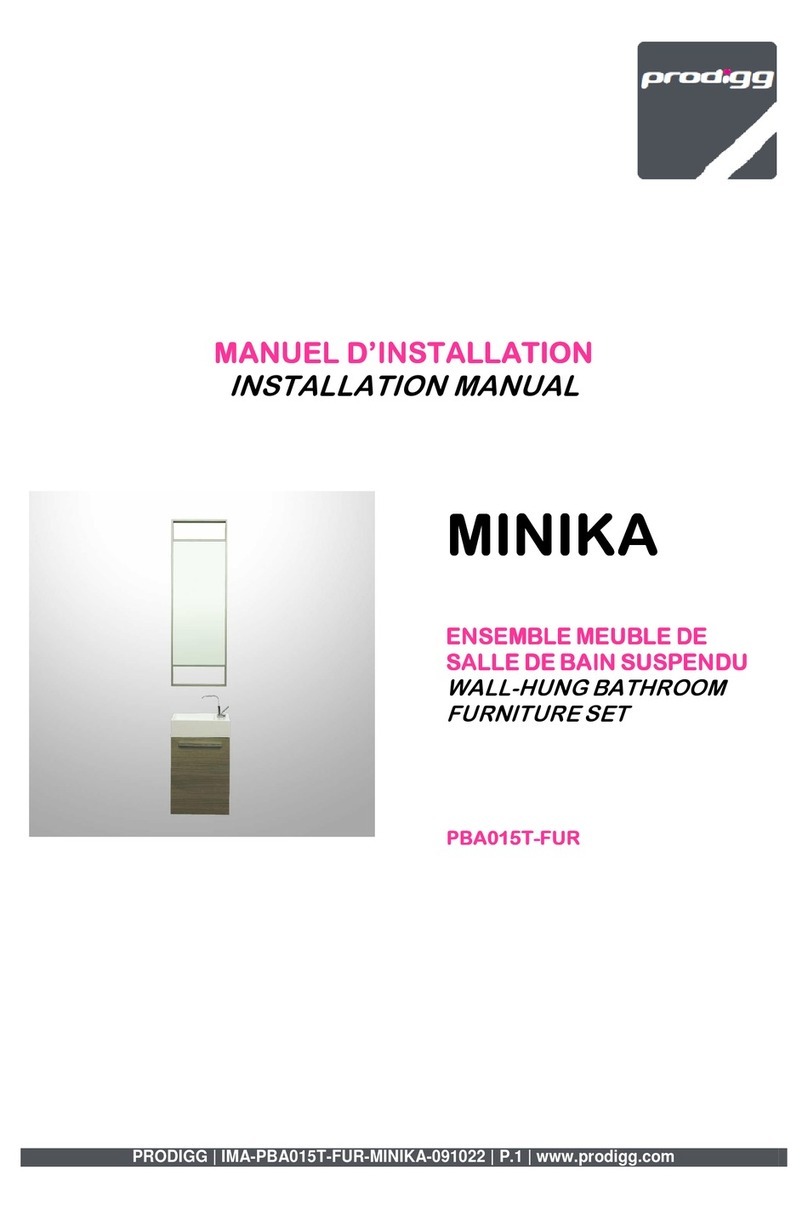6
The electric parts (jack, supply box, wired control, etc.) shall only be repaired by the manufacturer Linak.
The loads permitted (see bed characteristics) must be distributed evenly over the bed base.
Do not activate all the motors at the same time when the patient is in the bed (only one motor is authorised at
one time, except elevation by 2 motors or simultaneous function).
After each use and while care is being administered to the patient, the brakes must be activated.
We recommend putting the bed in its low position after every use and while the patient is resting, to reduce the
height of falls by a confused or agitated person. Remember to lock the function(s) (if the option is available).
On change of height or angle of the parts of the bed, make sure that there are no objects and no parts of the
patient’s or carer’s body caught between the bed, the boards, the accessories and the ground or between the
boards and base or between the cross braces.
Do not sit down on the side of the back rest or leg rest if this is not flat.
In the case of a prolonged more than 50 ° tilt bust semi-sitting position, it is recommended to vary the position
of the person in bed every 2 hours.
When the bed is being moved, keep the power lead well away from the ground and wheels.
When use of an adaptor, extension lead or connection plug proves necessary, you must check that its
characteristics are suitable for the bed.
Connection to the supply box must be done using a mains complying with the standards in force and
corresponding to a voltage of use indicated on the device.
The mains plug must be disconnected before the bed is moved.
Do not pull on the mains leads to disconnect the mains plug.
During any handling, try not to catch the leads of the motors and remote control and do not get them knotted.
The wired handset shall be attached to the head panel when not in use and protected in a lockable box in the
case of a bed intended for children.
In the case of the use of infrared remote control(s), WINNCARE allows the establishment of a single bed in the
same room (or in a close environment) or a second bed only if the infrared options of 2 beds concerned are
different (I and I1).
The condition of the leads must be checked frequently. If the slightest modification is observed, the person in
charge for maintaining the bed must be contacted to carry out the necessary repairs.
If repairs are required, the person in charge of maintenance must be contacted.
For assistance, if necessary, in mounting, operation or maintenance or to report unexpected operation or
events, call your supplier or Winncare.
The cleaning instructions recommended must be complied with.
Abnormal use of the bed may damage it or cause accidents to users, in which case the warranty shall be
annulled. Abnormal use means failure to comply with the precautions for use, maintenance instructions and
other uses not related to the bed’s normal purpose, such as:
-The use of the bed by several people at the same time (except DUO DIVISYS bed).
-Use outdoors or transporting the patient in a vehicle.
-The moving of the bed on a slope greater than 10° etc.
Put the bed in the designated room, foreseeing an appropriate perimeter of use for the different functions
(variable height, TR, etc.), especially if the bed has a lifting pole or side rails. Check that there is sufficient
ceiling height if a lifting pole is fitted.
